Five conclusions from the men’s Liège-Bastogne-Liège
Pogačar scintillates (again), Alaphilippe thwarted, Gaudu confirms, Liège revitalized
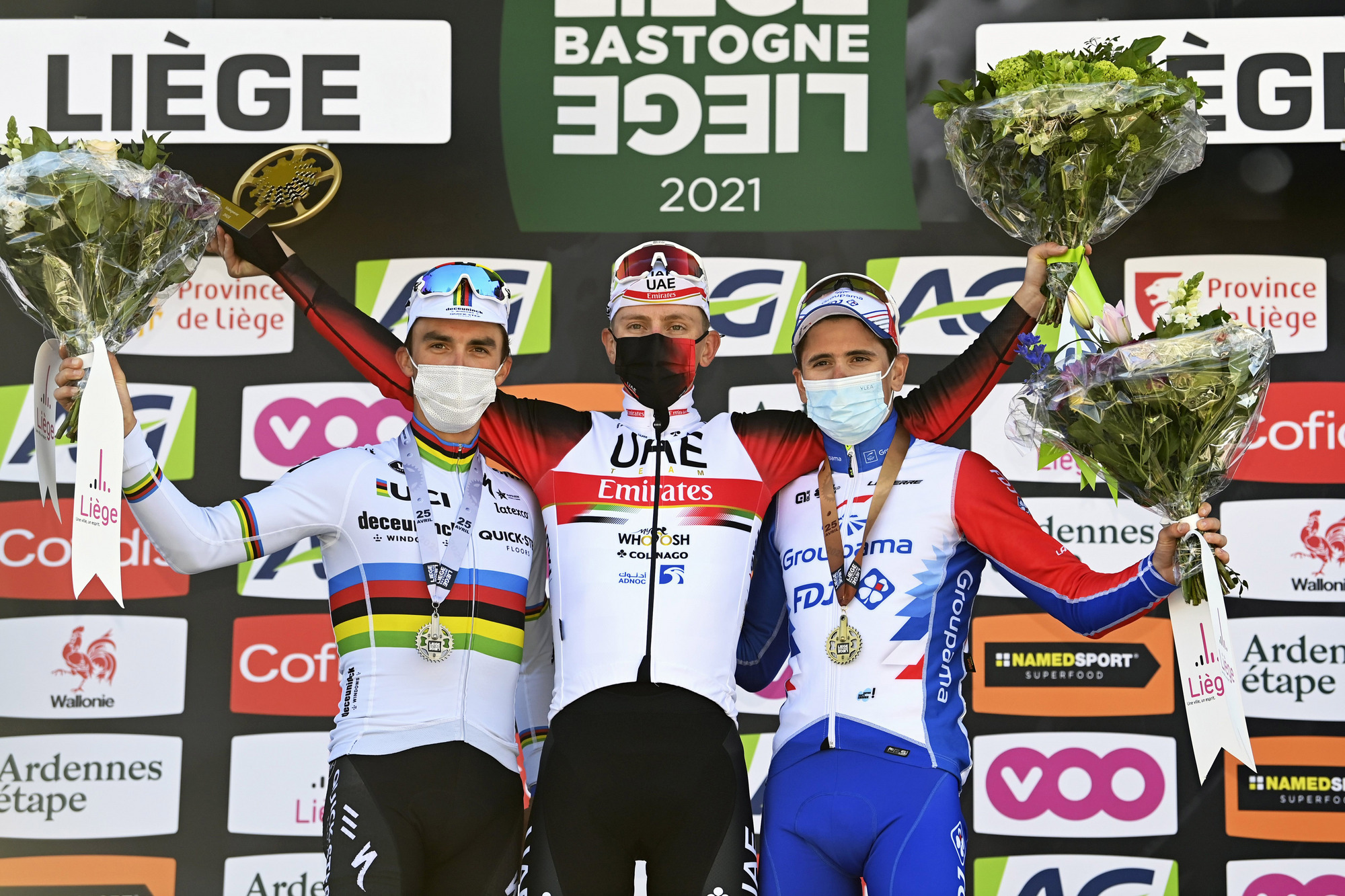
Forced to sit out Flèche Wallonne after two (false) positives for COVID-19 in his UAE Team Emirates team, Tadej Pogačar responded in the best possible fashion with victory in Liège-Bastogne-Liège, adding success in one of the sports big five Monuments to his 2020 Tour de France victory.
Just like last year, world champion Julian Alaphilippe (Deceuninck-QuickStep) was the fall guy; on paper the fastest in the five-man group that contested the final sprint but beaten once again by a Slovenian rider, with Pogačar filling the shoes of Primož Roglič on this occasion.
Behind them were David Gaudu, who is rising as quickly as fellow Groupama-FDJ leader Thibaut Pinot is falling, the ever-improving Michael Woods and 41-year-old Alejandro Valverde, who went close to emulating Eddy Merckx’s record of five Liège victories.
A thrilling race also highlighted how the return of the finish back into the heart of Liège three years ago has improved what had become a predictable finale.
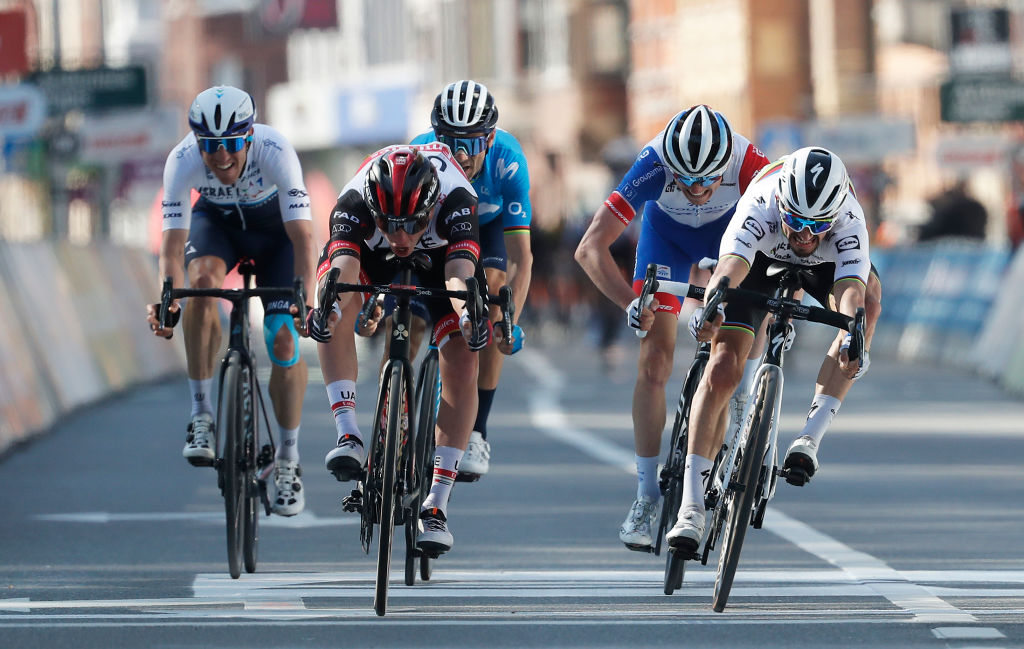
At his best Tadej Pogačar is clearly unflappable and (almost) unbeatable
While Liège-Bastogne-Liège is undoubtedly the Monument that’s most suited to Tour de France winners and contenders thanks to the premium it places on endurance in terms of both distance and the amount of climbing, it was still something of a surprise to see Tadej Pogačar win the five-man sprint that decided La Doyenne.
The Slovenian was up against the hottest of favourites in Julian Alaphilippe and four-time Liège winner Alejandro Valverde, who may be 41 but still looks a good bet in a small group. Yet, Pogačar judged his effort perfectly, just as he did in the five-up sprint that decided the Tour de France stage into Laruns last September.
When Pogačar’s got his game face on – which appears to be pretty much every time he races – he always seems to be in the right place at the right time, which is an uncanny talent for a racer who is still just 22.
Get The Leadout Newsletter
The latest race content, interviews, features, reviews and expert buying guides, direct to your inbox!
Liège-Bastogne-Liège illustrated this perfectly. When the peloton split on La Redoute thanks to Tao Geoghegan Hart’s forcing on the front, Pogačar was tucked in on the wheels of the cohort of Ineos Grenadiers. When Adam Yates accelerated away a few kilometres later, Pogačar was the first to join him. When Mike Woods blew the lead group completely apart on the La Roche-aux-Faucons, the UAE leader was right where he needed to be once again.
Pogačar looks unflappable and, when he most needs to be, almost unbeatable. He can sprint, time trial, climb and read a race with natural ease. What’s more, his team is looking stronger too, boosted by the arrival of Marc Hirschi, Matteo Trentin and Rafal Majka. The first Tour de France winner to claim victory in Liège-Bastogne-Liège since Bernard Hinault in 1980, he will now switch his attention to preparing to defend that Tour title, which he currently looks well capable of doing.
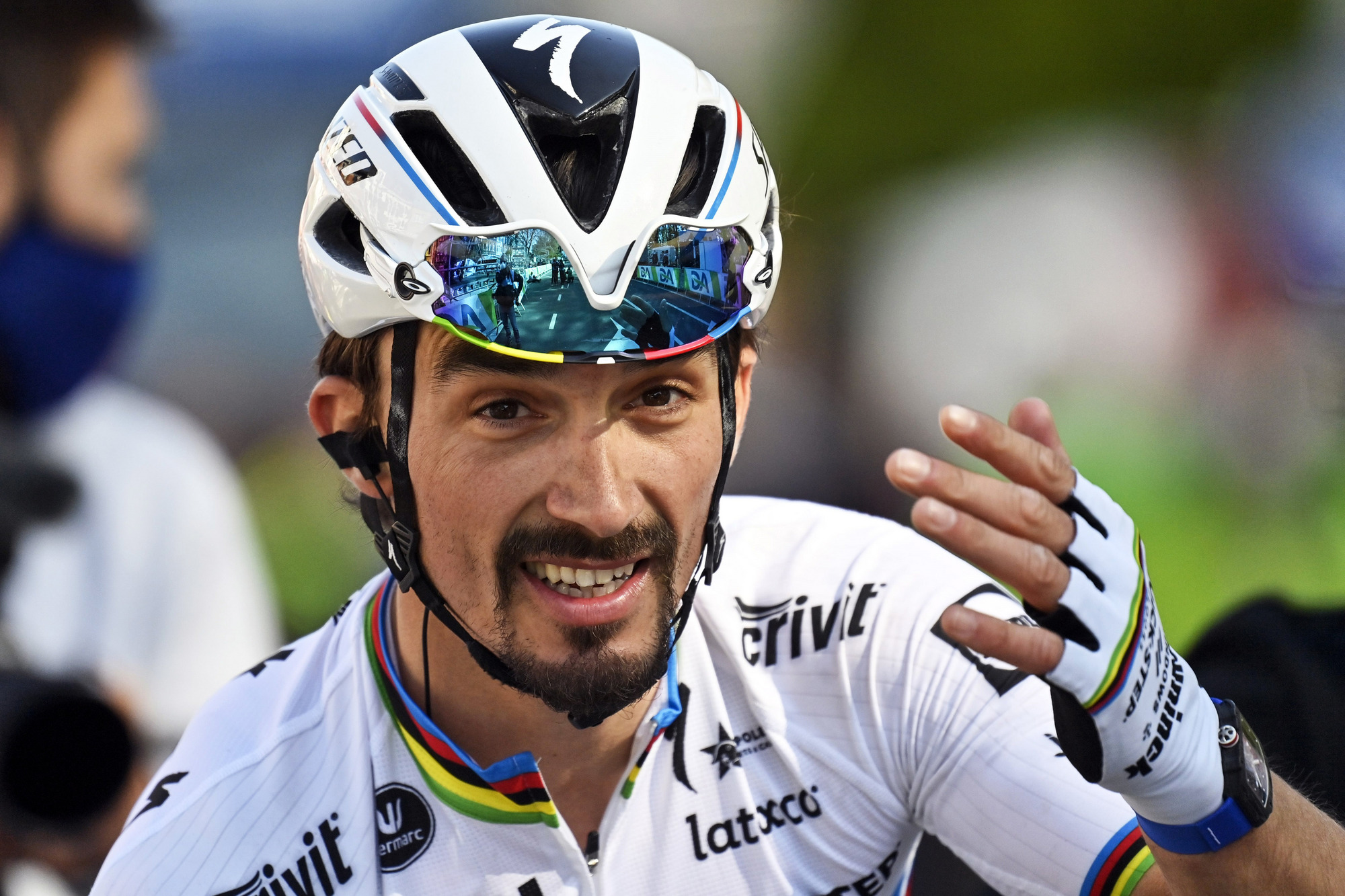
Julian Alaphilippe got everything right but still didn’t win Liège-Bastogne-Liège
Interviewed by L’Équipe in the days leading up to Liège-Bastogne-Liège, his partner, French TV commentator Marion Rousse, said that the Frenchman had come up short in the Belgian Monument last September in that edition’s five-rider sprint because “he wanted to honour the world champion’s jersey, to win right away in it… that’s the principal reason for the stupid mistakes he made in the finale.”
Alaphilippe, you’ll remember, not only impeded Marc Hirschi in the sprint, a manoeuvre that subsequently led to his relegation to fifth place, but then threw up his arms to celebrate victory as Primož Roglič focused on his bike “throw” and snatched victory.
On this occasion, Alaphilippe didn’t make any major or emotive mistakes. He was well protected by his Deceuninck-QuickStep team, with Mauri Vansevenant, Pieter Serry, Mikkel Honoré and James Knox performing brilliantly when harried over the closing 80km. He then stuck to team orders when Ineos split the main group on La Redoute, not trying to follow alone but letting his teammates close the gap.
Coming into La Roche-aux-Faucons, Alaphilippe was exactly where he needed to be when the race’s strongest five emerged.
When stuck on the front of the five-rider group approaching the turn into the finishing straight, Alaphilippe swung so far left on that right-hand bend that all bar Pogačar ended up in front of him. He then judged the sprint well, if perhaps starting a little early, only to realise Pogačar had managed to judge it even better and beat him.
While a win at La Flèche Wallonne and second in Liège-Bastogne-Liège saved Alaphilippe’s Classics campaign, his primary goal was the latter, the elusive title that he currently prizes above all others. As was the case with Belgium’s Claude Criquielion in the 1980s, Liège-Bastogne-Liège is starting to look like a race Alaphilippe should win but might always escape his grasp.
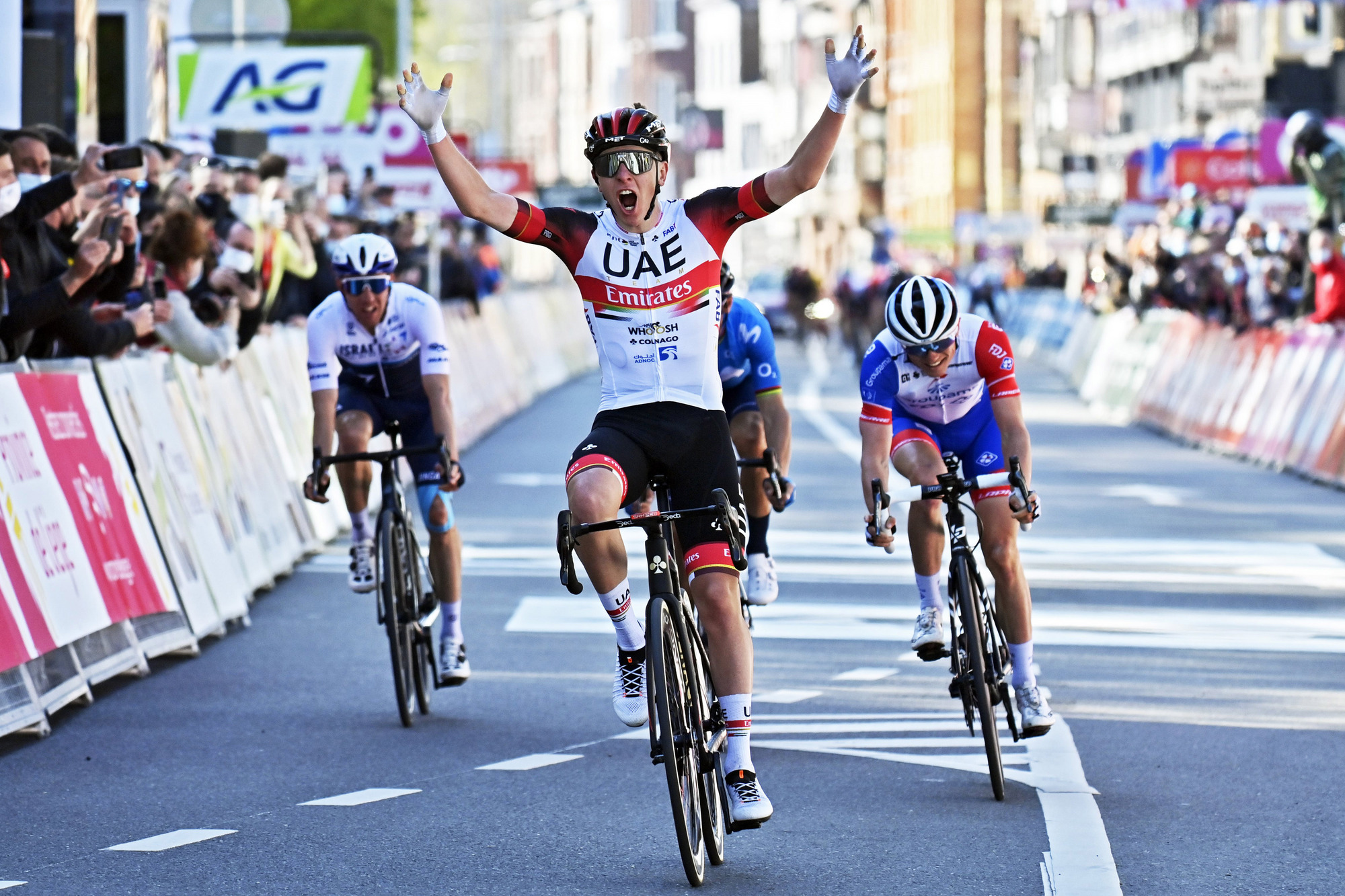
David Gaudu is beginning to eclipse Thibaut Pinot as Groupama-FDJ’s leader
Asked why 2016 Tour de l’Avenir champion David Gaudu hasn’t been brought on and given major leadership roles as quickly as Egan Bernal and Tadej Pogačar, Groupama-FDJ team boss Marc Madiot has insisted that the Breton wasn’t ready to lead. According to Madiot, Gaudu needed to work on his nutrition regime and other issues, as well as learn the ropes of leadership from Thibaut Pinot.
This season Gaudu has finally been promoted and is set to lead the line for Groupama-FDJ at the Tour de France, alongside sprinter Arnaud Démare. Their partnership had a faltering start at Paris-Nice last month, when Démare missed out in the bunch finishes and Gaudu, who was in great shape, was forced to abandon after crashing. Yet, in the subsequent weeks, Démare has started to find race-winning form and Gaudu has underlined that he’s one of the best climbers in the sport, initially with his final-day victory at Itzulia Basque Country and, this week, in the Ardennes.
Seventh in Flèche Wallonne and third in Liège-Bastogne-Liège, Gaudu has quickly shown that he’s comfortable in his new role as a team leader and can compete with the very best in the hardest races.
Coming in the same week that Pinot confirmed he won’t be competing in the Giro d’Italia due to ongoing issues with a back injury, Gaudu’s success signals a clear changing of the guard within the French team.
Gaudu will now begin to focus on the Tour, where the fact that the route doesn’t suit him should play in his favour, because it will dampen expectations of a possible challenge for the title and so make it far more fascinating to follow.
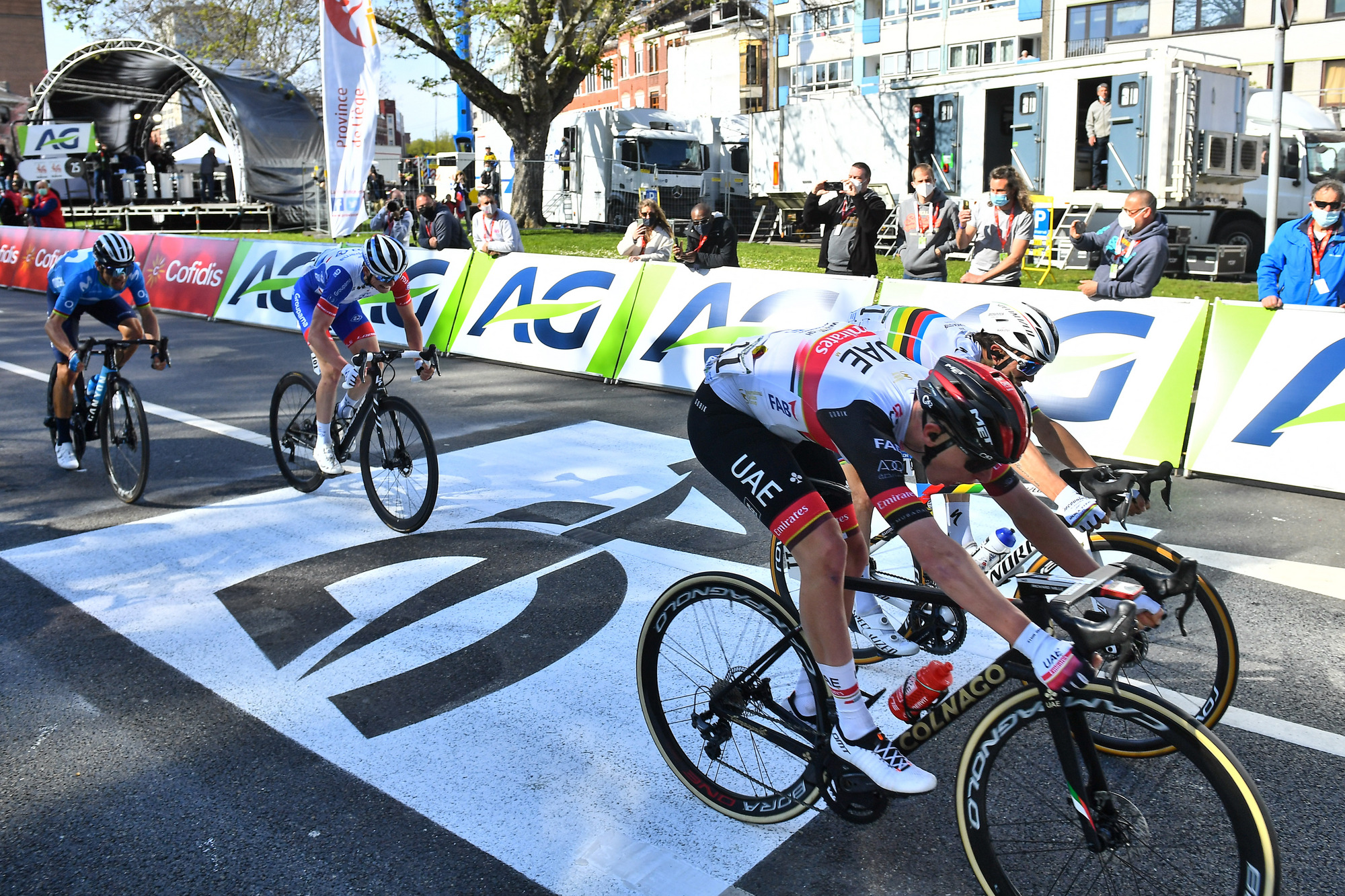
Moving the finish back to Liège has revitalised La Doyenne
This was the third edition of Liège-Bastogne-Liège since racer organiser ASO moved the finish back into the centre of Liège after a 27-year exile in the suburb of Ans.
The move has revitalised the race both aesthetically and competitively. In the first case, simply because the finish in the heart of Liège is more befitting to one of cycling’s Monuments. It’s grander, the approach to the line much more attractive than the crumbling industrial sites and terraced houses that used to feature on the run-in to Ans.
The return to the flat finale in Liège from the long uphill drag to the line at Ans has changed the strategic approach to the race too.
Rather than participating in a drawn-out and often dull waiting game that typified the finales in Ans, teams are trying to move from further out, which is restoring the significance of the historic Liège climbs of the Côte de Wanne, the Stockeu and, above all, La Redoute.
On Sunday, Astana-PremierTech and Lotto Soudal were sniping regularly from the Côte de Wanne, with 80km still to race. Ineos Grenadiers lived up to their name by blowing the race apart on La Redoute. While none of those three times featured in the ultimate finale, Ineos weren’t far off, with Richard Carapaz’s lone bid for glory snuffed out on the final climb of La Roche-aux-Faucons and Michal Kwiatkowski one the last riders to be tailed off by the leading five.
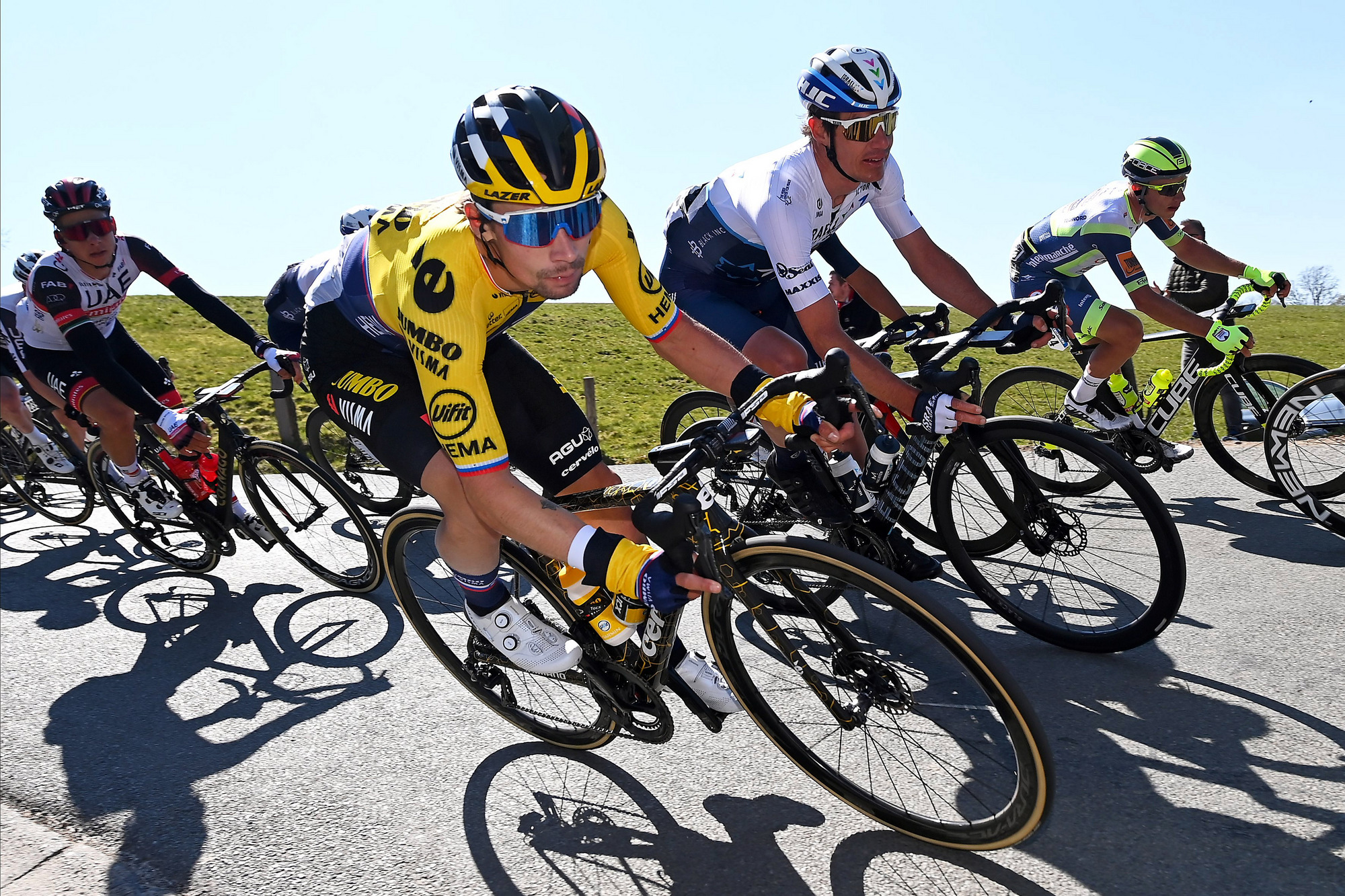
Primož Roglič needs his break from racing
The defending champion described Liège-Bastogne-Liège as “starting too slow and finishing too fast” after finishing in 13th place, nine seconds down on the front group.
The Jumbo-Visma leader has been in great form for more than a month. He won three stages at Paris-Nice and was only denied the overall title by two crashes on the final stage, he won Itzulia Basque Country where he produced the final-day turnaround in the company of David Gaudu, and then took second on his debut at Flèche Wallonne, where his long-range attack on the Mur de Huy almost caught out Julian Alaphilippe.
As Liège-Bastogne-Liège approached its finale, Roglič perhaps paid for the effort he made in chasing across to the Ineos group that went clear on La Redoute, where he was the last rider to bridge across. Hindsight suggests that he would have been better staying with the chasers behind, along with Gaudu and Julian Alaphilippe.
When it came to the critical climb of La Roche-aux-Faucons, he was quickly tailed off when Michael Woods produced the acceleration that resulted in the formation of the winning group. By then, Roglič admitted, he was cooked.
He acknowledged that he needs a break from racing before beginning his Tour preparation. It’s been a frantic six weeks for the Slovenian, successful for the most part but it also hinted at a change in strategy, with more attacks coming from further away from stage finishes. Perhaps we see the same approach from him at the Tour de France, which will be his next race.